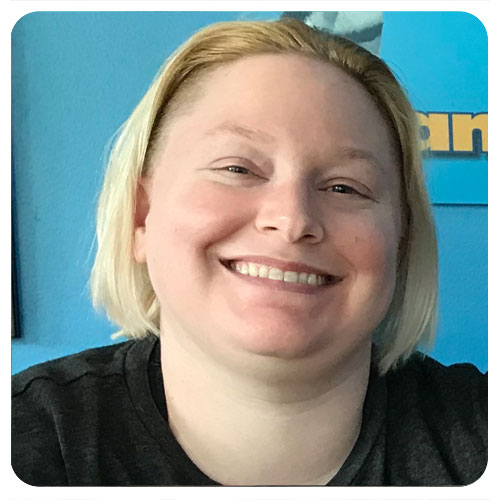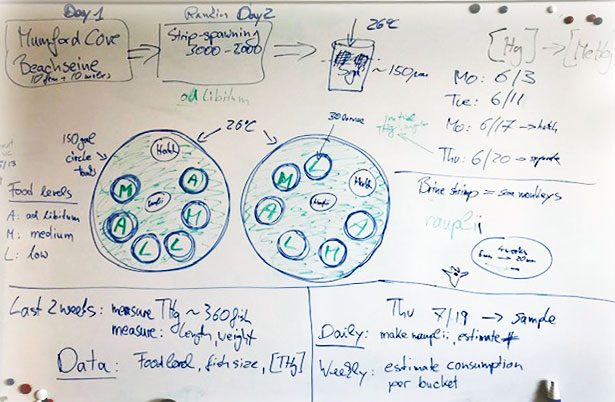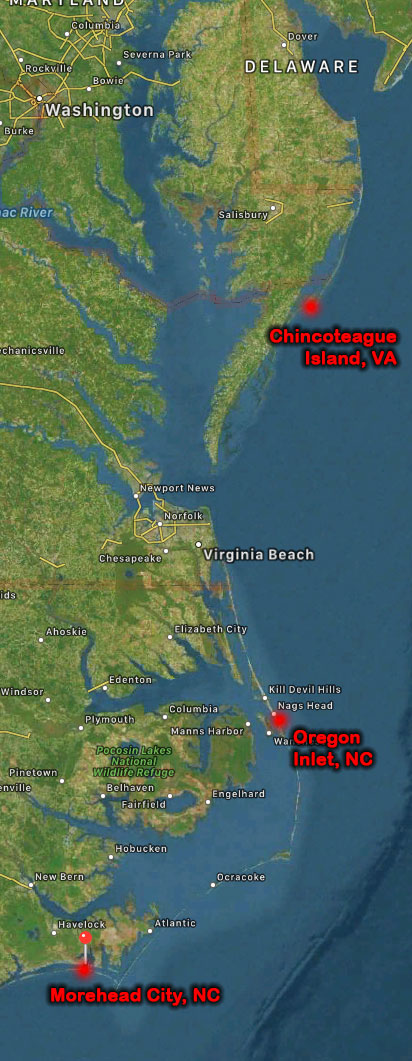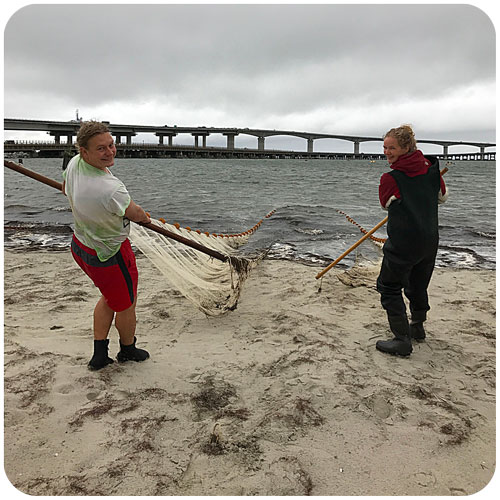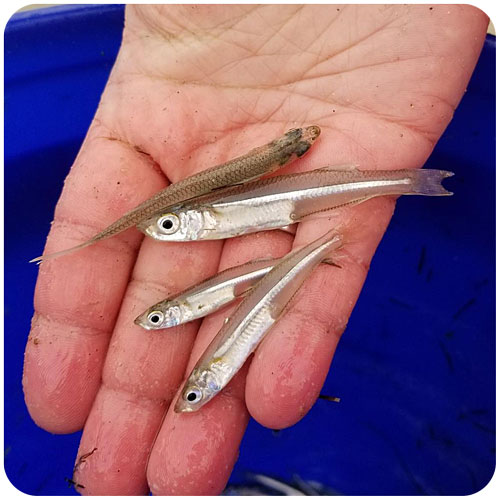[Atlantic silverside, Menidia menidia, mercury, ingestion rates]
dbellio2@asu.edu
Imagery
[Lab news] Callie attends UConn climate change symposium

The event featured two keynote speakers; Professor Margaret Rubega of UConn, and Professor Tim Cronin of MIT. Professor Rubega talked about science communication and how the scientific community could better communicate their climate change research to non-scientists without using overbearing jargon and too many words. Professor Cronin gave a speech on his past research on the suppression of Arctic air formation with climate warming.
- McCart, S., Lund, D., Seeley, E., Asimov, P., Lewis, M., and Mudahy, A.L. Testing the sea level hypothesis with new results from the Pacific.
- McGarry, K., Siedlecki, S., Alin, S., and Salisbury, J. Empirical models for estimating the carbonate system along the northeastern coast of the U.S.
- Berger, H., Siedlecki, S., Matassa, C., Alin, S., Kaplan, I., Pilcher, D., and Newton, J. Using projections from regional oceanographic forecasts to assess the vulnerability of the Dungeness crab to climate change stressors.
- Shub, A., Lund, D., and Mudahy, A.L., Does expansion of Antarctic bottom water result in storage of CO2 in the abyssal Atlantic?
[Lab news] Emma turns 30 and starts a new silverside experiment!
Like in our previous experiments, we are mimicking current and future coastal environments that fluctuate daily in CO2 and oxygen levels – thanks to our computer-controlled system that manipulates these levels in up to nine tanks simultaneously.
But this time, our additional goal is to keep track of sib-ship. We produced full sibs (same mother, same father), half-sibs (same mother or father, different father or mother) and unrelated individuals, and by keeping them separate we will later be able to calculate additive genetic variances in the various traits under different conditions (i.e., heritability) and examine trait correlations.
As usual, this could not be done by one person, so the entire lab helped preparing, seining, and fertilizing embryos on this frantic day. Great job all!





[Lab news] Whole life cycle CO2 fish are getting sampled
18 April 2019. This Thursday was a long day in the Baumann lab, because we sampled and processed over 200 adult silversides from a unique experiment. These fish were fertilized in the lab and reared from eggs to adulthood under different temperatures and contrasting CO2 conditions. We are interested to see, if future ocean conditions have measurable effects on this species fecundity, growth, and oocyte characteristics. We also took tissue and genetic samples, with an effective line-up of hands, i.e., Hannes, Emma, Chris, Callie and Lucas.
Good teamwork all!
[Publication] Brachiopods thicken shells to compensate for shell dissolution under future OA conditions
15 April 2019. Today, Emma is happy to report that Environmental Science & Technology have just published the latest paper from her PhD about brachiopod resilience to future ocean acidification. This project involved long-term culturing of a polar and a temperate brachiopod under future ocean acidification and warming conditions. Substantial shell dissolution posed a threat to both species under ocean acidification, with more extensive dissolution occurring in the polar species.
Unexpectedly, we discovered that brachiopods thicken their shell from the inner shell surface when extensive dissolution occurs at the outer shell surface under ocean acidification. This is an important finding to further our understanding of how predicted vulnerable marine calcifiers might cope under future environmental change.
Cross, E. L., Harper, E. M. and Peck, L. S. 2019. Thicker shells compensate extensive dissolution in brachiopods under future ocean acidification. Environmental Science & Technology (published online March 29, 2019).
[Publication] The Project Oceanology time-series has been published!

21 March 2019. We are happy to announce that Marine Environmental Research just published our most recent paper about long-term ecological change in eastern Long Island Sound based on data collected by Project Oceanology!For his Master’s thesis, Jacob Snyder painstakingly retrieved and digitized more than 40 years of environmental observations from Project Oceanology. This non-profit ocean literacy organization has educated middle and high school students on boat trips to nearby estuarine sites for decades. For the first time, his work allowed a quantitative evaluation of these data and glimpses into the abiotic and biotic changes in nearshore waters of Eastern Long Island Sound.
Highlights
- Citizen-science observations revealed rapid warming, acidification, and dissolved oxygen loss over the past 40 years in eastern Long Island Sound
- Otter trawl catches showed significant decreases in overall species diversity and richness
- Cold-water adapted species (American lobster, winter flounder) decreased, but warm-water adapted species (spider crabs) increased since 1997
Citation
- Snyder, J.T., Whitney, M.M., Dam, H.G., Jacobs, M.W., and Baumann, H. (2019). Citizen science observations reveal rapid, multi-decadal ecosystem changes in eastern Long Island Sound. Marine Environmental Research 146: 80-88
Public outreach
- The publication of this work is also featured in an article for the online magazine TheConversation.com titled
“Citizen science shows that climate change is rapidly reshaping Long Island Sound“
News coverage: UConn Today | New Haven Register | The Hour | NonProfit Quarterly | WSHU Public Radio
[Publication] Meta-analysis of silverside CO2 experiments published!
The study demonstrated:
- A general tolerance of Atlantic silverside early life stages to pCO2 levels of ~2,000 µatm
- A significant overall CO2 induced reduction of embryo and overall survival by -9% and -13%, respectively
- The seasonal change in early life CO2 sensitivity in this species
- The value of serial experimentation to detect and robustly estimate CO2 effects in marine organisms
Baumann, H., Cross, E.L., and Murray, C.S. Robust quantification of fish early life CO2 sensitivities via serial experimentation. Biology Letters 14:20180408

[Research news] Sandlance are spawning on Stellwagen Bank again!
The goal of the sandlance cruise was to collect running ripe males and females to do a fertilization via strip spawning. Emma and I were a bit doubtful at first because we got less than 10 sandlance on the first two trolls. However, things got much better by the afternoon, and our most successful trawl caught 147 sand lance. I helped out with the fertilization and deploying the trawl, two things I have never done before. The most exciting part of the day was getting to see humpback whales. Usually they are in the distance but today they were right next to the boat. Everyone on board said that this never happens and it was very unusual so I felt very lucky to have seen whales at such a close proximity.”
Overall, the trip was a huge success and it was very refreshing to see everything go as planned. The only downside to the day was driving back home through a snowstorm. I later found out that there was a 73% fertilization success and we got 27,000 embryos for Emma’s experiment. I am very grateful to have gotten the opportunity to help out on this sampling cruise and am looking forward to doing this again in the future!

[Lab news] Baumann & Therkildsen lab on a silverside road trip
What a great collaboration. Check out some of the pictures from the trip below.
[Lab news] Baumann lab participates in first DMS sea course

12 October 2018. This year, the Department of Marine Sciences at UConn Avery Point has conducted his first graduate course on physical and biological oceanographic methods, which culminated in a two day research cruise aboard the newly stretched R/V Connecticut. The cruise sampled stations from Eastern Long Island Sound all the way out the continental shelf, deploying CTD’s, sediment corers and grabs, as well as zooplankton and nekton nets. Callie and Hannes from the Baumann lab were part of the fun!
Check out some of the action in the youtube clip below.
